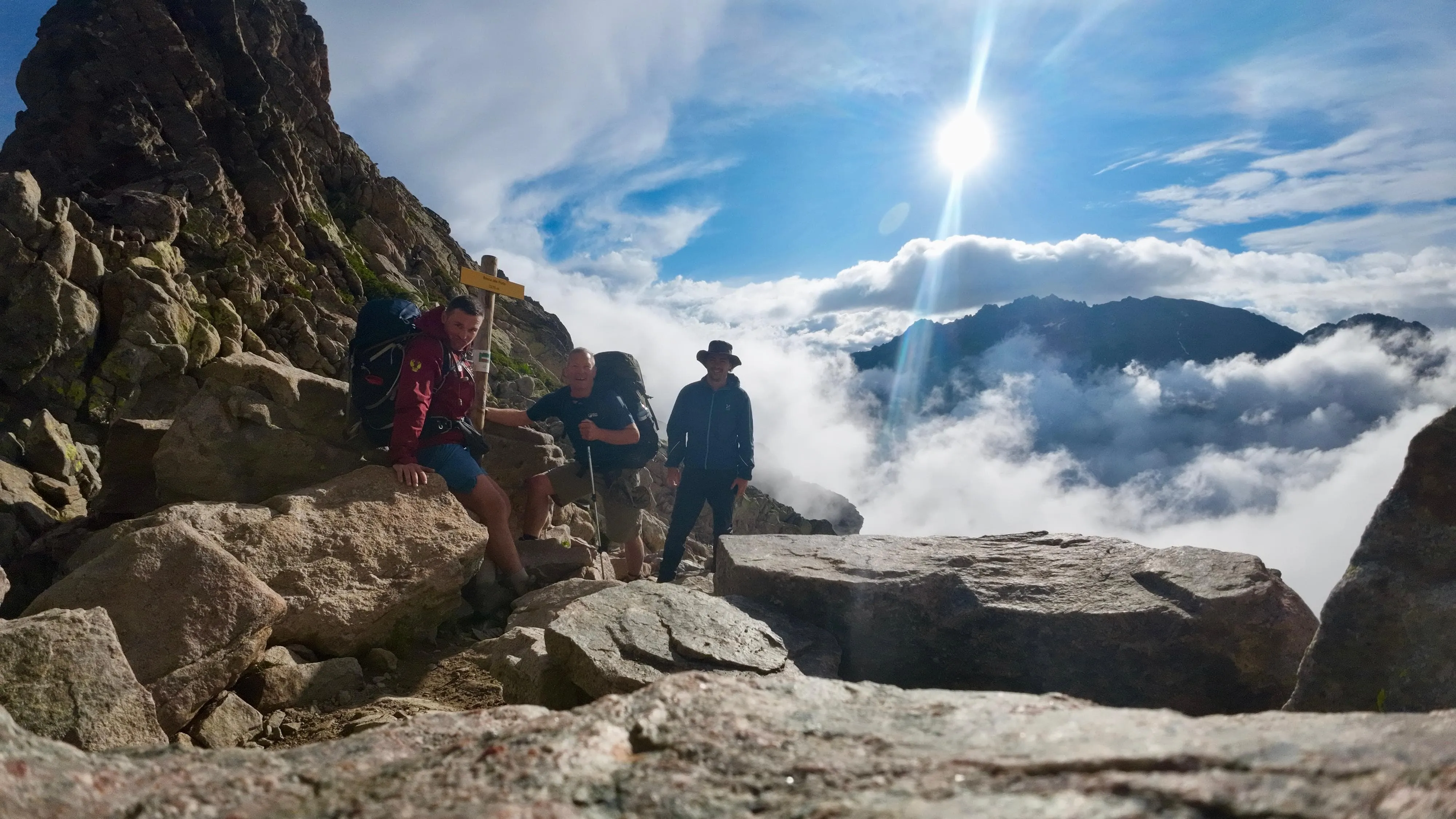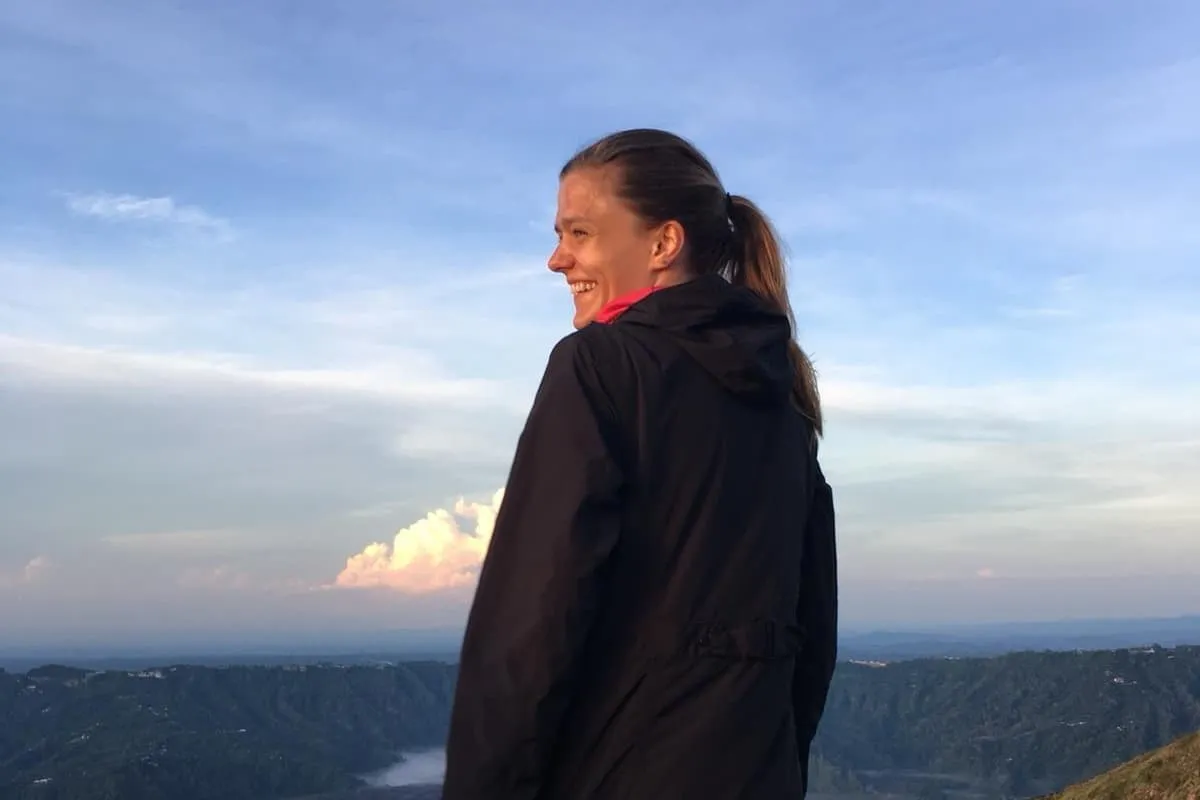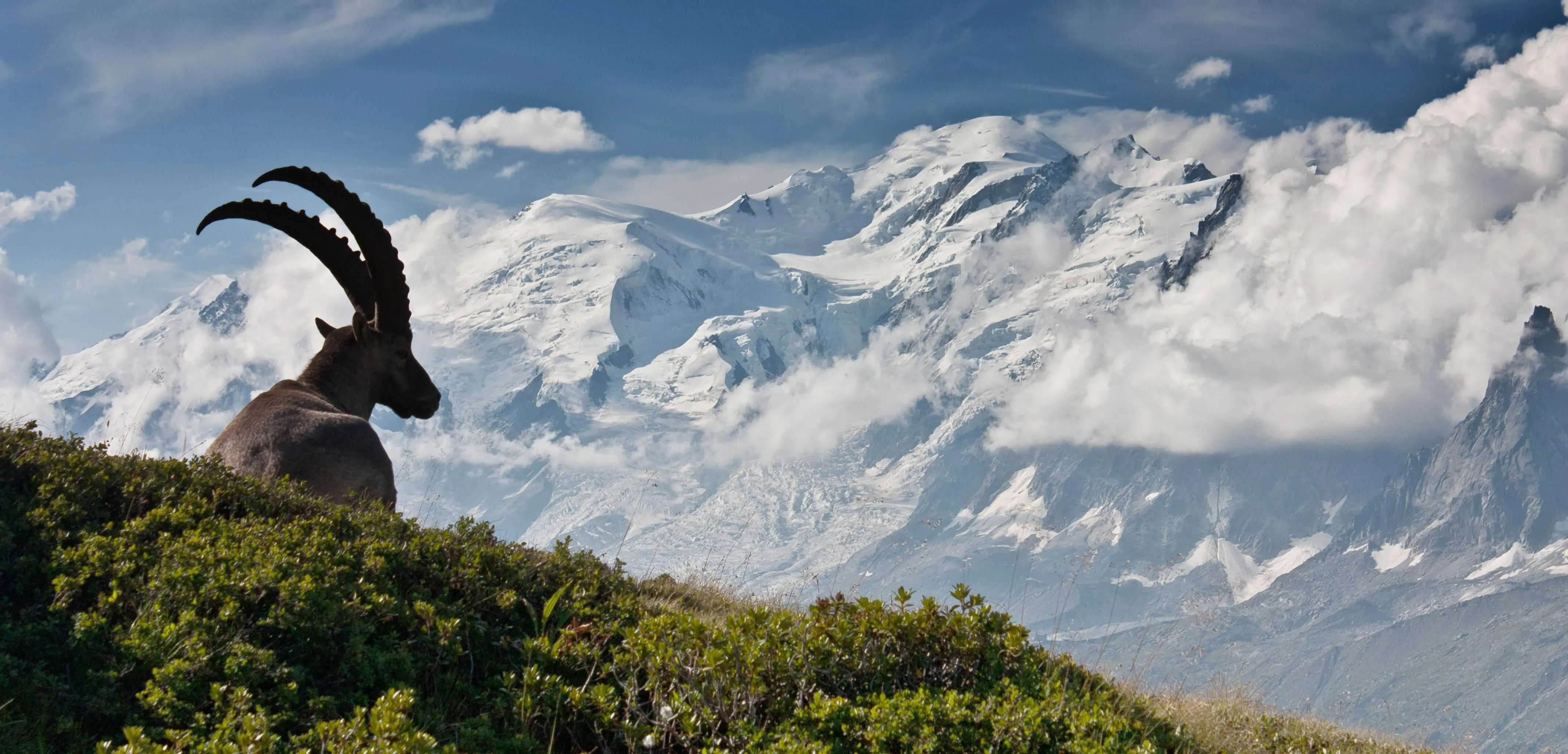Destinations
Trekking type


GR20 Full Version (from North to South)
> Spend the night in mountain huts
> Walk the full GR20
> Choose the trekking direction that suits you best.
The GR20, also known as fra li Monti, is a GR (Grande Randonnée) hiking trail that crosses the Mediterranean island of Corsica and runs roughly from north to south. The whole route is about 180 km long with an altitude difference of 12,000 m. This GR route is considered one of the toughest of all GR routes. Are you ready for it?
Why both ways?You can walk the GR20 in either direction, north to south, or south to north. The most popular route starts in Calenzana, in the north, and ends in Conca, in the south. However, if you want to enjoy a quieter route and encounter fewer people, we recommend starting from the south. It's up to you (or the availability of the huts) which direction you choose.
Camping: during this trek, you can also spend the night at camping sites. Contact our trekking experts to find out more about this option!
Itinerary
Included
-
Full travel guide
You’ll receive access to our trekking app, which serves as your complete digital travel guide for the GR20 . Inside, you’ll find everything you need for your trek: route descriptions, hiking maps, navigation support, payment information, and all the key details specific to your journey.
-
Accommodation on the GR20
We will arrange your accommodation on the GR20 in mountain huts. The mountain huts along the GR20 offer basic shared accommodation and food. These refuges come under the regional Corsican natural park’s authority and can host 25-50 people depending on the hut. In case the mountain huts are fully booked, we will automatically book a tent for you. In Refuge d'Ortu di u Piobbu, you will spend the night in a tent in all cases.
-
Navigation support
Our trekking app also includes built-in navigation support. With GPS-based maps and offline access, you can follow the trail confidently and stay on route even without mobile signal.
Excluded
-
Traveling to and from
You have to make your own way to the starting point. The total amount does not include personal transport.
-
Transfers
Should you need any form of (public) transport on location, this is not part of the trekking package. This includes the use of taxi, bus, cable cars, gondolas, ferries, etc.
-
Travel Insurance
Your international travel insurance is your own responsibility. Discuss your itinerary with the insurance company before your trek.
-
Personal expenses
Personal expenses on such as souvenirs, drinks, and other similar expenses are for your own account.
-
Meals
Meals are not included in the price on the GR20 . You can get something to eat at the mountain huts along the way or you can get food from the towns below the trail. If you want to have a warm dinner at the hut, remember to ask for it as soon as you get to the hut.
FAQ
What Is the Best Season for the GR20 on Corsica?
Travel to and From
What if the dates I want are not available?
If I book now, can I immediately arrange the rest of my trip?
How do I know if this trek is right for me?
How to Book
Booking
Availability
Cancellation policy
Reviews

Reviews
Just for You
Get weekly inspiration with the best treks



